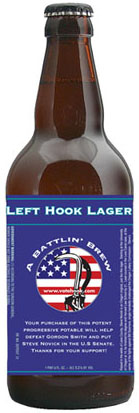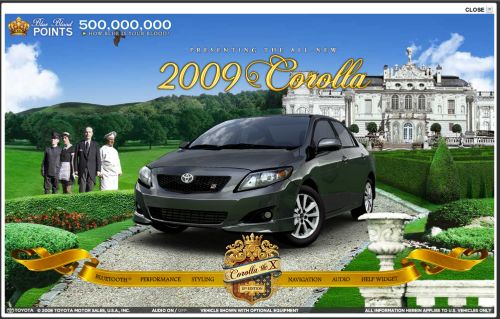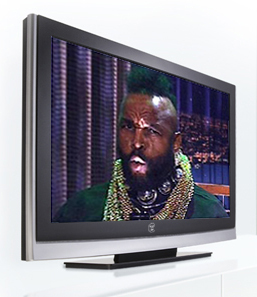Oregon political advertising takes an interesting turn (or hook, if you will)
Posted in: UncategorizedOut here in the Pacific Northwest, things are occasionally done a bit differently. Politics is obviously not exempt from the sometimes bizarre. As the political campaign for State Senator is ramping up, one candidate in particular is standing out in the crowd, so to speak, enough so to be gaining a fair bit of national attention.
And another Steve Novick political spot that’s been playing pretty much ’round the clock:
An interesting turn in Novick’s advertising and marketing is the recent release of Left Hook Lager, “A Battling Brew”.
That’s right, a politically endorsed beer. Nothing speaks to Oregonians quite like craft beer, so labeling bottles from small Eugene, OR craft brewer Ninkasi only makes sense (in a bizarre sort of way). If you’re so inclined, more info on purchasing the beer is available here.
And unlike many of these slightly bizarre campaigns, Novick’s campaign is quickly gaining ground and winning supporters. Last week, he received the endorsement from former Oregon Governor John Kitzhaber, and this week won the support of the Oregon Education Association. I hope this means we’ll be seeing some more entertaining political spots before this campaign is over. *And just a note – I’m definitely not proclaiming my political support for Novick – merely pointing out my appreciation for the advertising and marketing strategies that we’re seeing*





 Matt Dickman, author of the most excellentÂ
Matt Dickman, author of the most excellent 
 Deloitte Touche Tohmatsu (
Deloitte Touche Tohmatsu (
 The New York Times Michelle Slatalla
The New York Times Michelle Slatalla 
